Freezing vegetables is a convenient way to reduce waste and preserve freshness, but not all veggies handle the cold well. Some lose their texture, flavor, or nutrients in the freezing process, leaving you with a less-than-appetizing result.
1. Leafy Greens
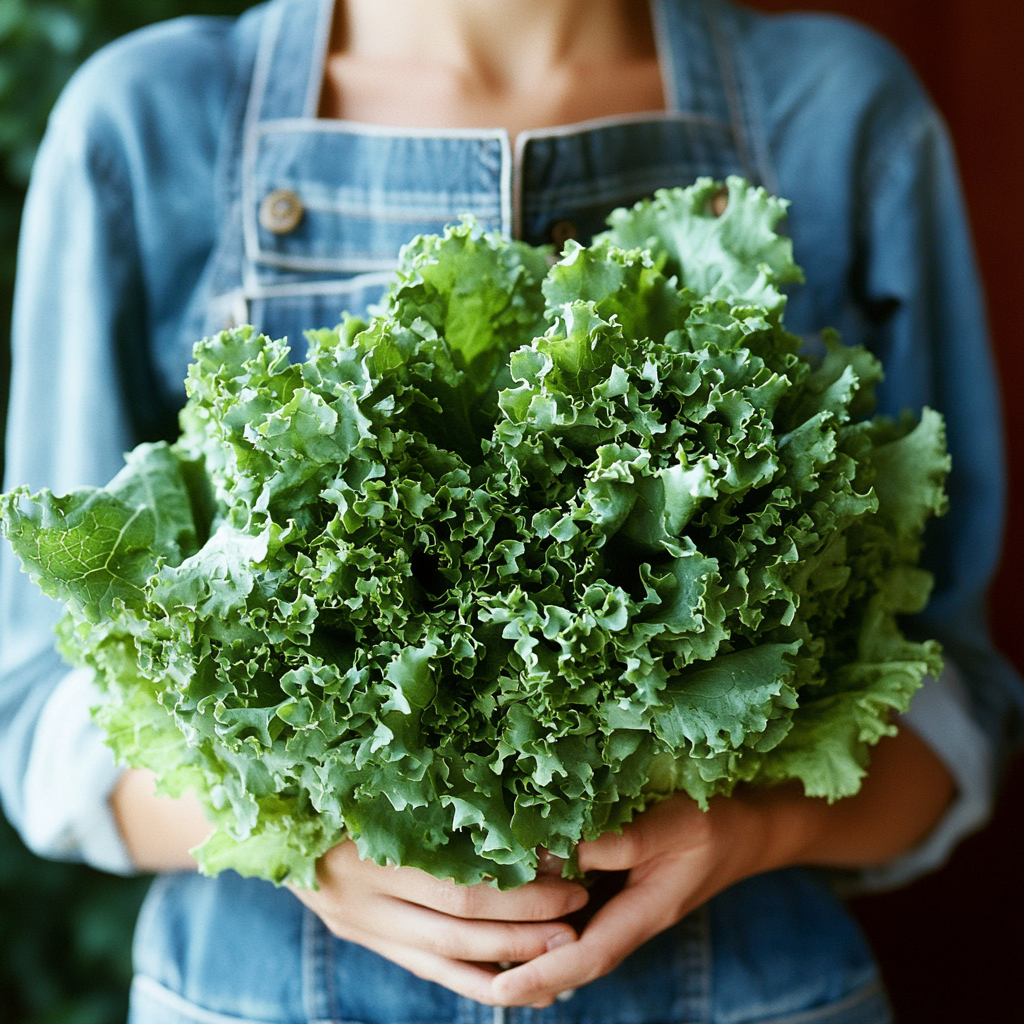
When it comes to leafy greens like lettuce, freezing is a no-go. The delicate structure of lettuce leaves turns into a soggy, wilted mess once thawed. Freezing breaks down the water content in the leaves, making them slimy and unappealing.
If you’re looking to preserve greens, opt for heartier varieties like kale or spinach, which can hold up better to the cold. Save your lettuce for fresh salads or wraps to enjoy its crisp texture.
2. Raw Potatoes
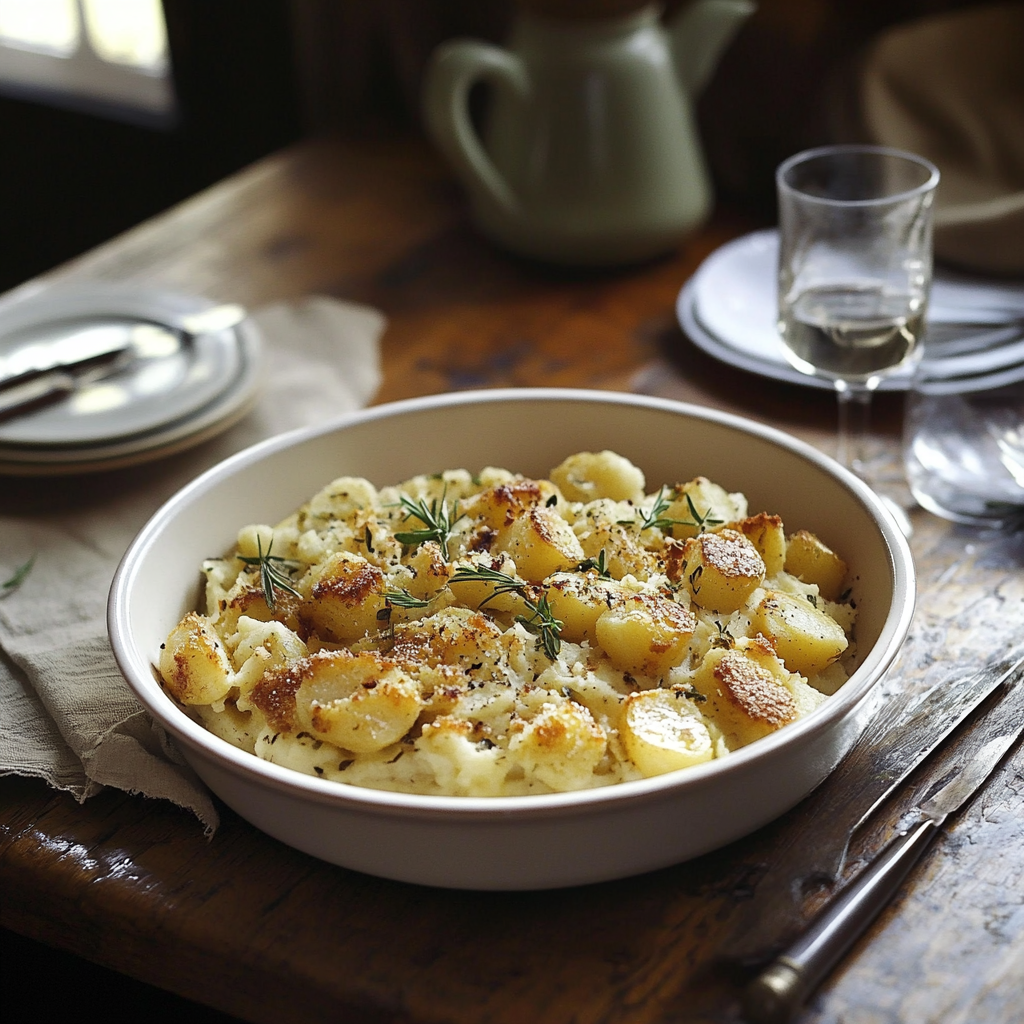
Potatoes might seem like a freezer staple, but freezing them raw is a recipe for disappointment. The high water content in raw potatoes causes them to develop a grainy, unpleasant texture once defrosted.
They can also turn an unappetizing shade of gray or brown. If you must freeze potatoes, cook them first by roasting or mashing, which helps preserve their flavor and consistency. For raw spuds, store them in a cool, dark pantry instead.
3. Cucumbers
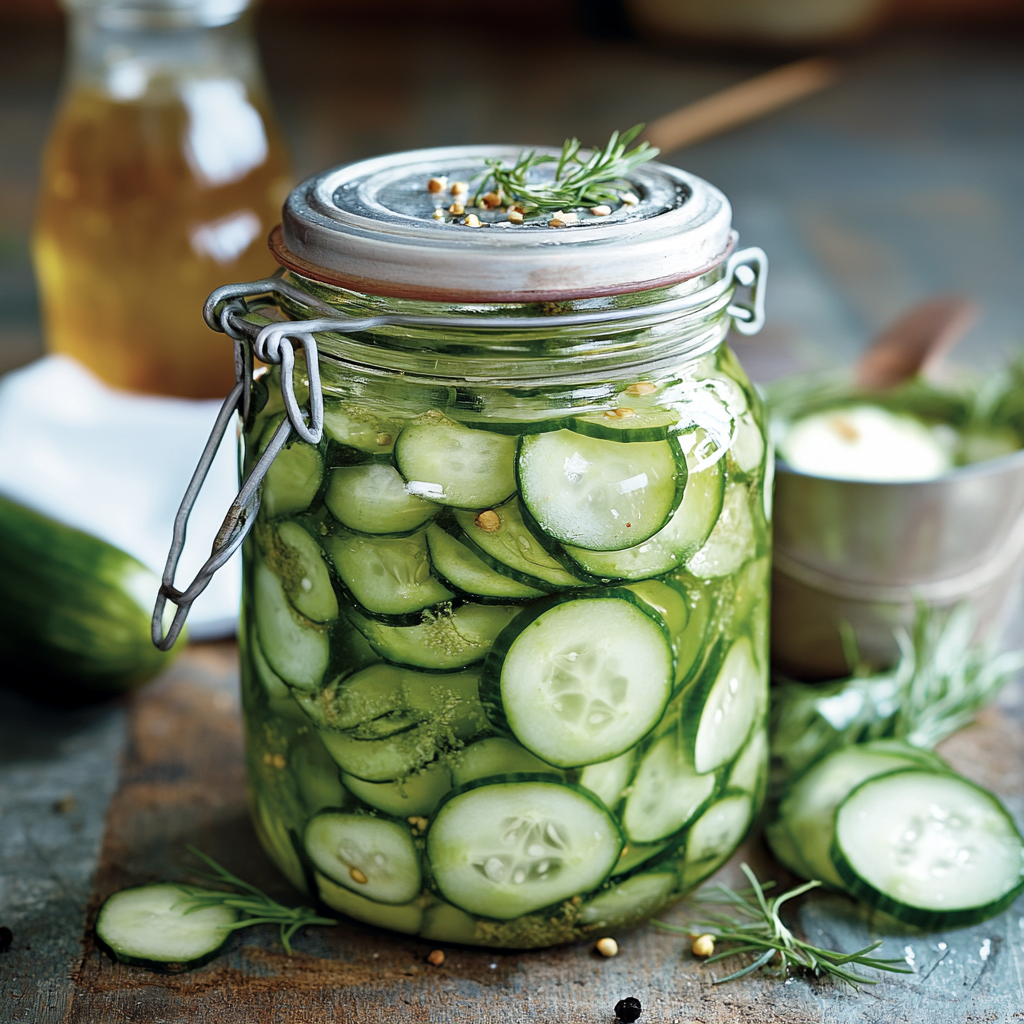
Cucumbers are packed with water, making them one of the worst vegetables to freeze. When frozen and thawed, their crisp, refreshing texture turns mushy and limp.
They’re best enjoyed fresh in salads, sandwiches, or as a crunchy snack. If you have too many cucumbers to use up, consider pickling them instead of freezing. Pickles retain their crunch and flavor for months in the fridge.
4. Celery

Celery is another vegetable that doesn’t take kindly to freezing. Its high water content results in a stringy, mushy texture after thawing, making it unsuitable for fresh snacking.
While frozen celery can be used in soups or stews, it won’t offer the same crunch you’d expect in a salad. If you need to preserve celery for cooking, chop it into small pieces and freeze it in airtight bags. Otherwise, keep it fresh in your fridge’s crisper drawer.
5. Raw Zucchini
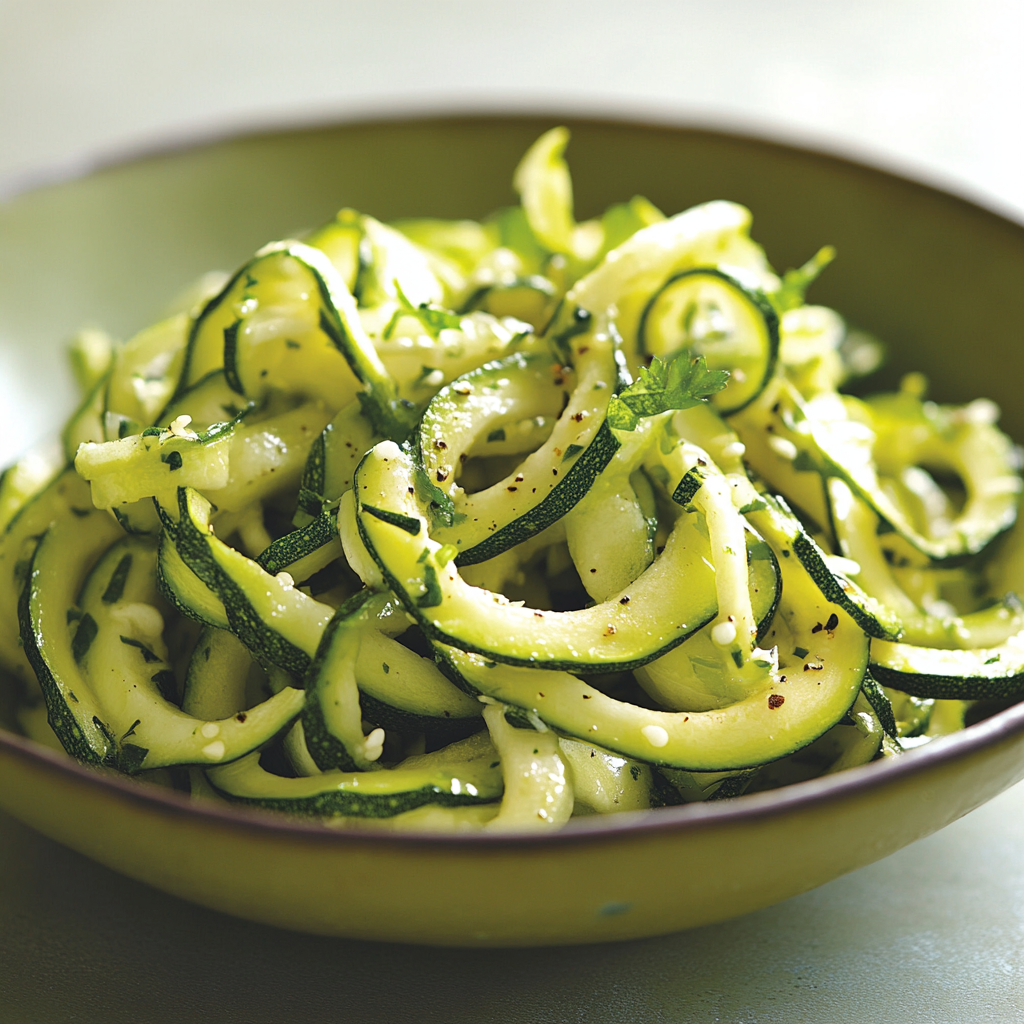
Zucchini may be versatile, but freezing it raw is far from ideal. The vegetable’s high moisture content means it becomes soggy and watery once thawed. Instead of freezing raw zucchini, consider blanching or cooking it first.
Grated zucchini freezes better and can be used in baked goods like bread or muffins. For stir-fries or sautés, fresh zucchini will always deliver the best texture and flavor.
6. Tomatoes

While tomatoes can technically be frozen, the results are less than stellar. Freezing breaks down their structure, leaving them watery and soft when thawed. They’re fine for sauces or soups but lose their appeal in fresh dishes like salads or sandwiches.
To preserve tomatoes, try canning or making a batch of tomato sauce instead. This way, you can enjoy their vibrant flavor without sacrificing quality.
7. Raw Onions
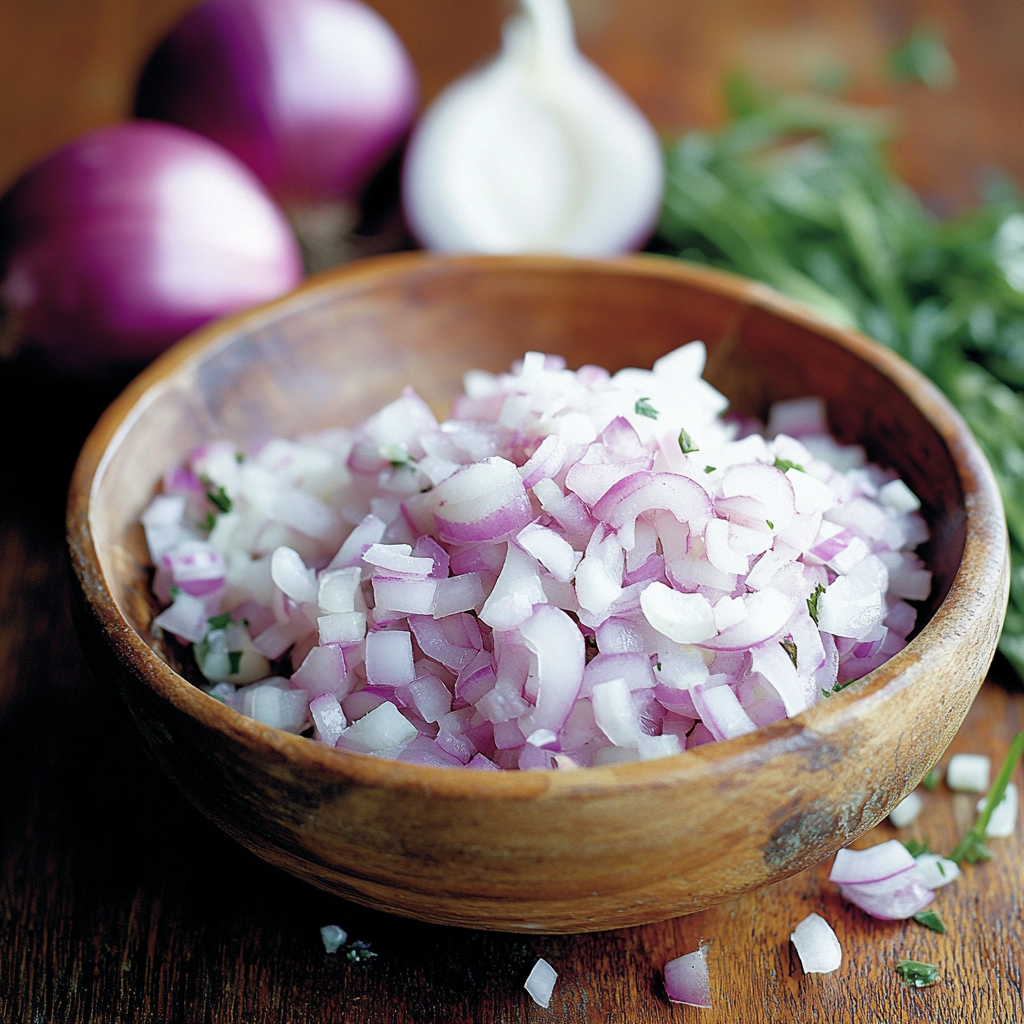
Raw onions don’t fare well in the freezer, as they tend to become mushy and lose their crunch. Their strong aroma can also permeate your freezer, affecting other foods stored nearby. If you want to freeze onions, dice them first and flash freeze in a single layer before transferring to a sealed container.
Frozen onions work well in cooked dishes but aren’t suitable for fresh recipes. When in doubt, store them in a cool, dry place for extended shelf life.
8. Bell Peppers
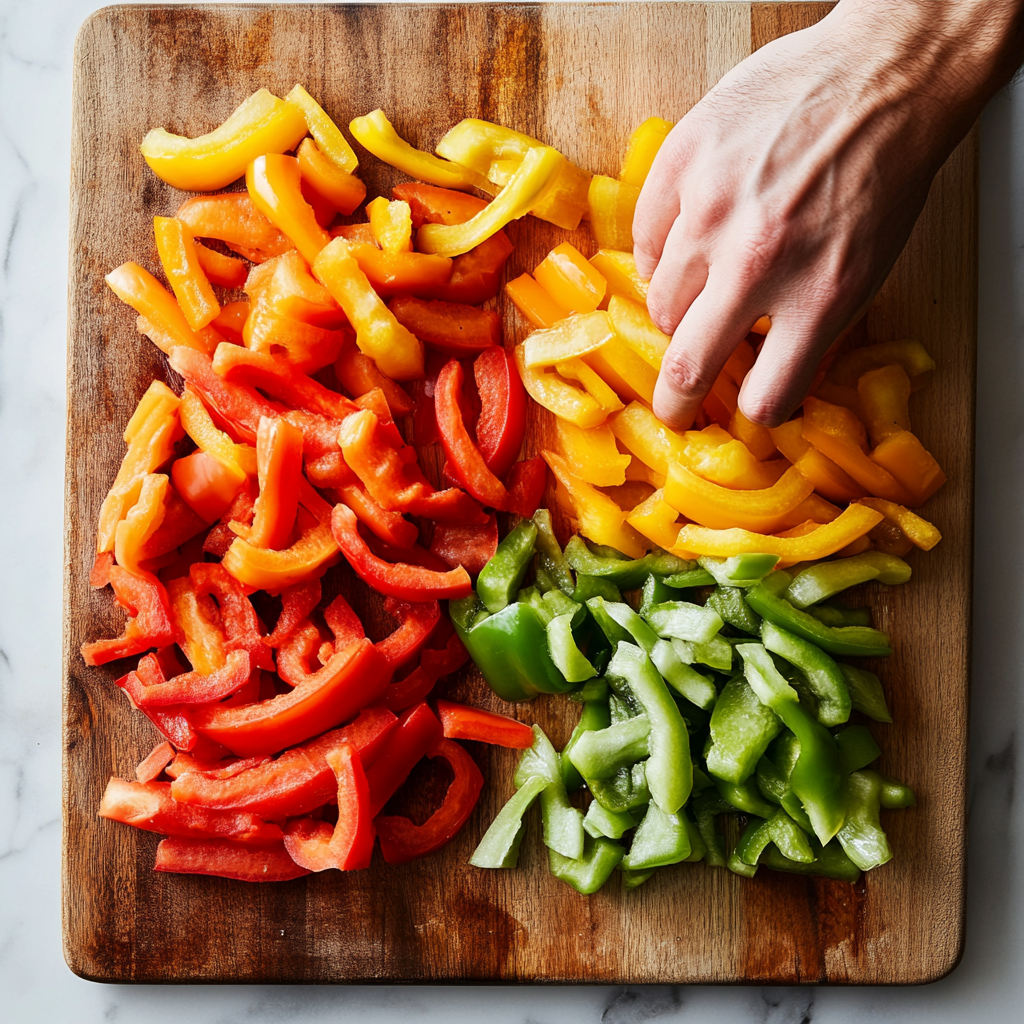
Bell peppers can technically be frozen, but their texture takes a hit during the process. Once thawed, they become soft and watery, making them unsuitable for fresh dishes like salads. Frozen bell peppers are best reserved for cooked recipes like stir-fries, casseroles, or soups.
To improve their freezing quality, consider slicing and flash-freezing them before storing. Fresh peppers are always the better choice for crisp, vibrant flavor.
9. Mushrooms
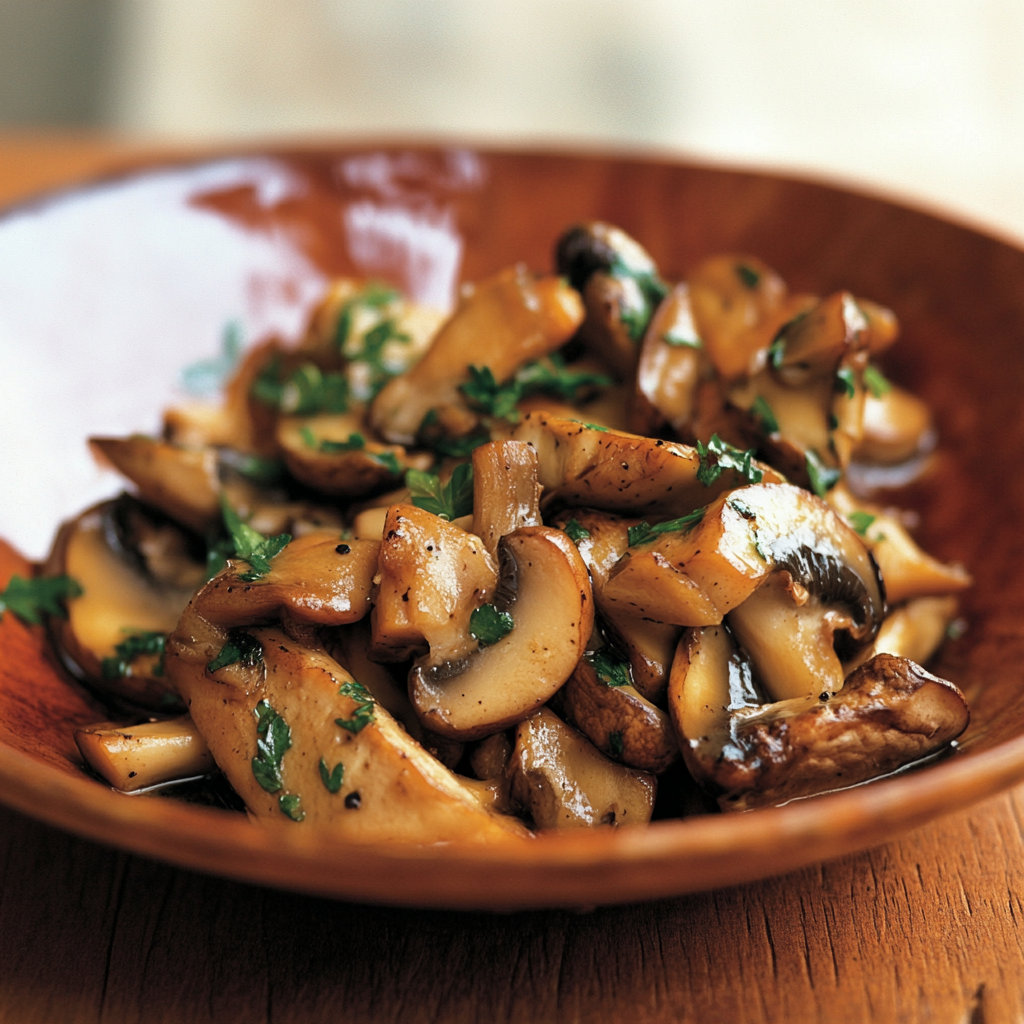
Freezing raw mushrooms often results in a slimy, rubbery texture that’s far from appetizing. Their high water content is the culprit, as it causes them to lose their firmness and become soggy when thawed. If you need to freeze mushrooms, sauté them first to lock in flavor and texture.
Cooked mushrooms hold up better in the freezer and can be easily added to recipes. For the freshest taste and texture, store mushrooms in a paper bag in the fridge.
10. Herbs
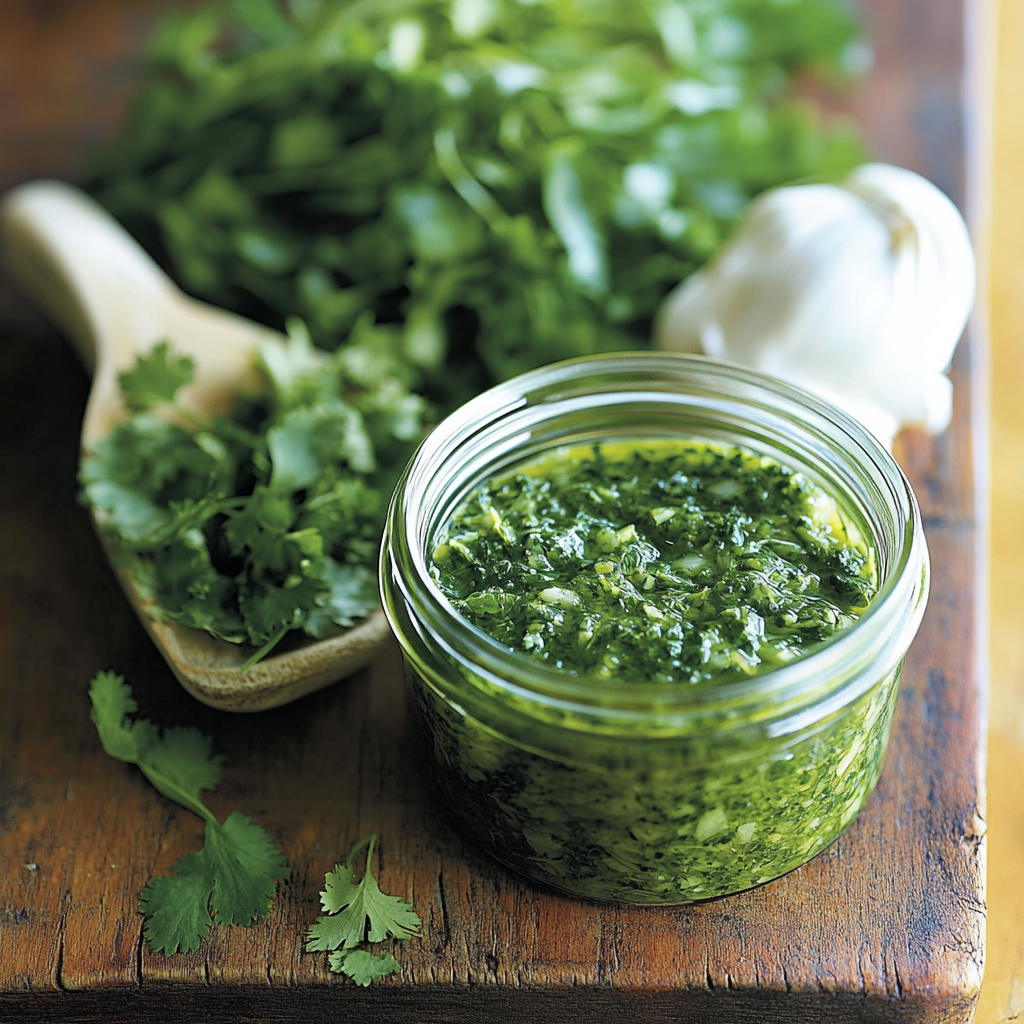
Soft, delicate herbs like basil and cilantro don’t stand a chance in the freezer. Their leaves wilt and darken, losing both texture and flavor. If you have an abundance of fresh herbs, consider making herb butter, pesto, or freezing them in olive oil to preserve their essence.
Hardy herbs like rosemary or thyme fare better in the freezer. For the best flavor, use soft herbs fresh or dry them for long-term storage.
11. Cabbage

Cabbage might seem sturdy, but freezing it raw is a mistake if you want to maintain its crisp texture. Once thawed, cabbage becomes limp and watery, making it unsuitable for fresh slaws or salads.
However, if you’re planning to use it in soups, stews, or casseroles, freezing can work if the cabbage is blanched beforehand. For recipes where crunch is key, fresh cabbage is the way to go. Consider pickling or fermenting it into sauerkraut as an alternative preservation method that enhances its flavor.
Leave a comment